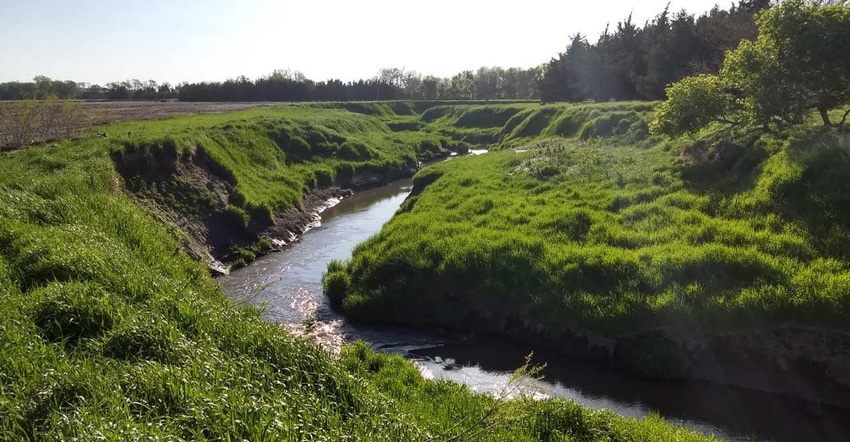June 4, 2019

If you explore the fields and pastures around West Bow Creek, it isn’t uncommon to find metal artifacts from days gone by. It might be old iron such as a piece of farm machinery from 1900 or before.
When the banks of the Bow Creek wash a bit after a heavy rain, you might wander upon an old bison bone sticking out of the bank, or the bones of some critter from hundreds of years ago.
When the Lewis and Clark expedition camped on the evening of Aug. 26, 1804, at the mouth of the Bow Creek — where it empties into the Missouri River near present-day Wynot, Neb. — they were missing the youngest member of their expedition, Pvt. George Shannon. He had been sent out to look for missing pack horses, but Shannon himself became lost for 16 days.
Eventually, he rejoined the expedition — half-starved but alive — farther up the Missouri River. During Shannon’s time of wandering up the river and its tributaries to try to reunite with the expedition, we can imagine that he may have found his way into our little West Bow Creek valley.
Earlier in time still, it is believed that the native Omaha people established their livelihoods along Bow Creek into present-day Cedar County as far back as the early 1700s. One can easily imagine that those same people wandered up the tributaries of the Bow into the West Bow in our neck of the woods.
We are told that more than 1,000 years before us, early nomadic people hunted large mammals such as bison and collected wild plants and nuts from trees near the little creek valley where we live.
Looking out over our fields toward the creek on a warm, summer evening, you can almost imagine a small native village along the creek side. You can imagine herds of bison grazing tall grass prairie along the creek.
So much prehistory and history have passed over this same land through the centuries, but the little valley still is peaceful and quiet, much like it probably was in those days. On those summer nights, we realize that our time here is just a fly speck on the timeline of the Earth, and we are short-term inhabitants for sure.
The legacy of our land includes remnants of a more recent past, including an old railroad grade — built just before the turn of the last century — in hopes of a new railroad passing through the farms in the area.
Local farmers in those heady days of settlement were hired, with their horse teams and horse-drawn scrapers, to help build the grade as it passed parallel to the West Bow. Unfortunately, the promoter of that railroad took the money of investors and ran away to South America, taking with him the hopes for a railroad.
Physical evidence of rail cuts and parts of the grade remain in our neighborhood to remind us of this episode.
There also is physical evidence in a pasture near our driveway of old box elder trees that probably shaded a dugout into the hill. All that remains of this former would-be farmstead are a few tree stumps and a deep depression in the hillside.
Times have changed across the centuries. The soil and the land are all that is left as testament in many cases to the struggles and triumphs of native people who lived on this land long before we showed up, along with the hardships and toil of our own recent ancestors.
Farmsteads are fewer these days, and many of the remnants of the past on the landscape have disappeared, making way for new structures, new uses and new farming and stewardship practices.
But I often think about those folks, maybe 1,000 years ago, who lived on this same old creek valley. We all have natural landmarks around our farms, maybe an old tree or a bluff or valley, that have stood the test of time and that remind us of the past like that.
Those thoughts acknowledge for us that we are not really owners of the land at all, but just caretakers for the generations that come after us.
You May Also Like




